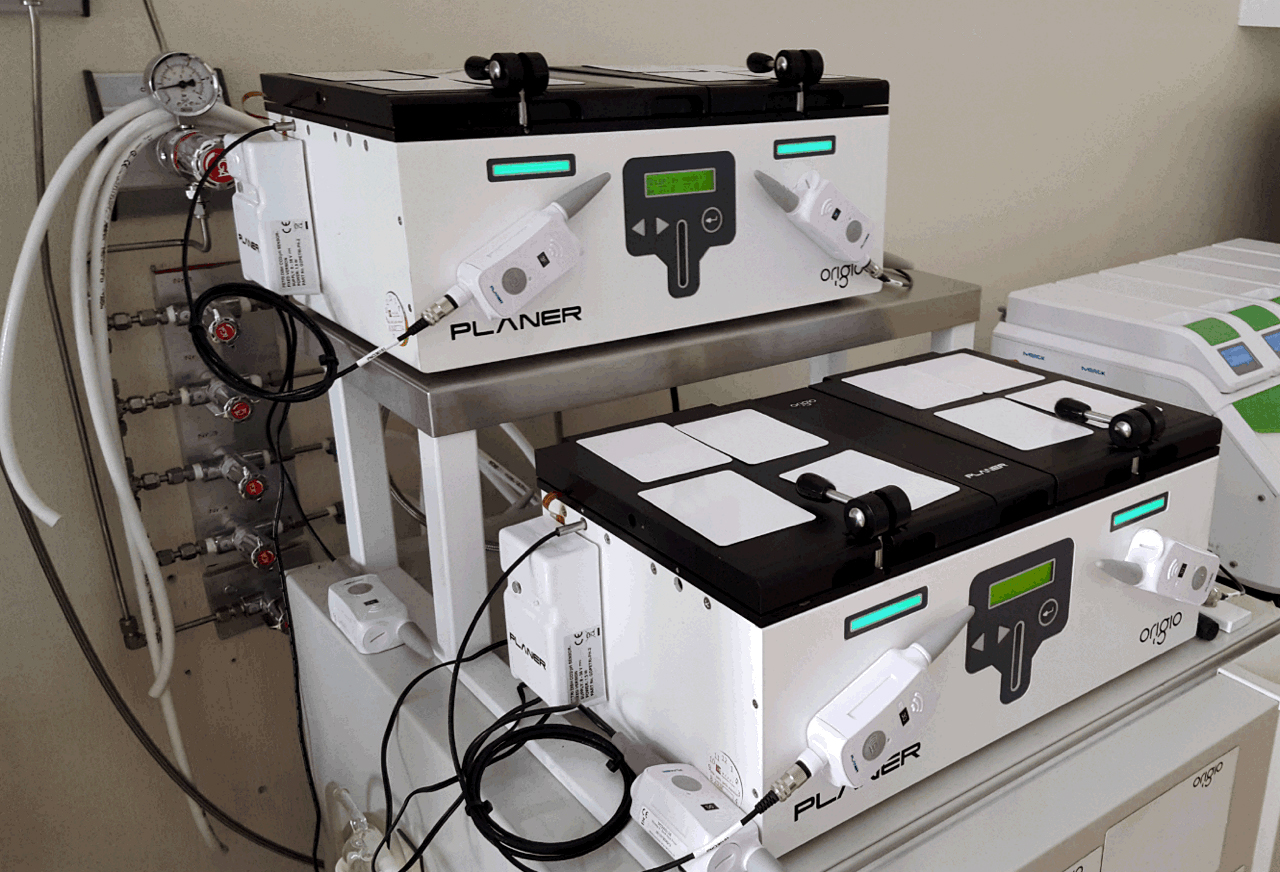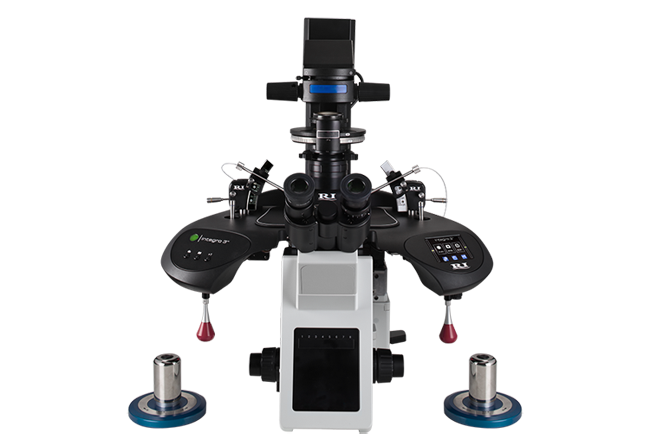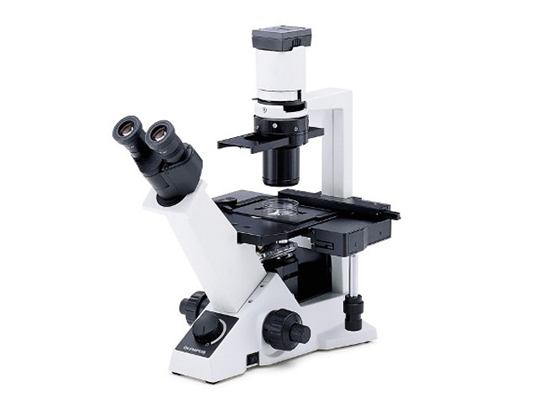IVFtech Sterile cabinets are designed to protect the samples with a constant flow of clean air and are made to meet the specific requirements of IVF Laboratories. It is built the provide a vertical laminar flow. The vertical laminar flow provides clean air over the whole of the working area and is manufactured to meet the requirements for IVF laboratory work, such as “vitrification”, “ICSI” manipulation, “sperm collection” and IVF routine work.
With the control board with a timer to switch on/off the fan and on/off the heated tabletop. All brands of the microscope can be installed, the choice between oculars through the front window or a secondary window inside the cabinet, which allows the front window to be closed.
The low speed of the fan gives longer life of HEPA filters and blowers and saves energy and less turbulence around the microscope.
Laminator/diffuser uniforms airflow allows more balanced air through lower speed.
The IVFtech Sterile cabinets can be customized to all the above functions and provide a flexible backbone of any IVF laboratory as the cabinets come in four sizes, with or without height adjustable legs(1)









